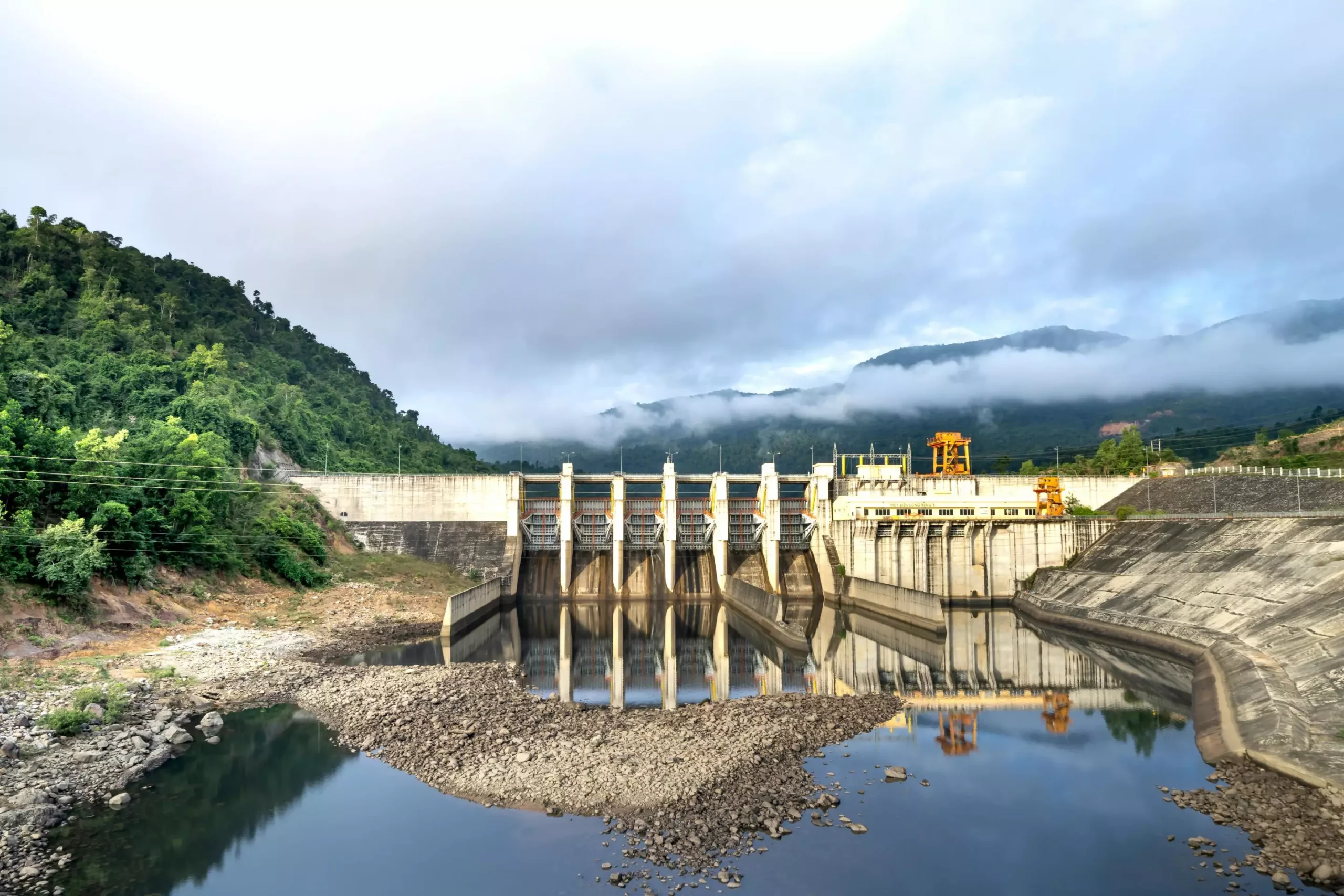Hydropower has long been hailed as a cornerstone of clean energy generation, accounting for a significant portion of renewable energy sources in various states. However, recent findings from researchers at The University of Alabama illuminate a critical vulnerability inherent in hydropower infrastructure: the impact of extended drought conditions on electricity generation efficiency. Droughts can severely affect the operational capacities of hydropower facilities, leading to financial losses and increased reliance on fossil fuel alternatives to meet energy demands.
The study, published in the journal Environmental Research Letters, reflects an urgent call for analyzing the relationship between climatic trends and energy output. The University of Alabama’s researchers at the Center for Complex Hydrosystems Research conducted a detailed exploration of data spanning 18 years to quantify the economic repercussions and assess the vulnerability of different states to drought-related hydropower deficits. Their findings are not merely academic but serve as a poignant reminder that without proactive measures, hydropower can become less of a blessing and more of a liability in dry spells.
The Economic Consequences of Reduced Hydropower Generation
The research documented a staggering loss of hydroelectric power generation from 2003 to 2020, resulting in an estimated economic hit of $28 billion to the sector nationwide. Such a decline does not merely reflect missed opportunities for revenue; it translates directly into consequential actions that utilities must undertake to compensate for the loss. To maintain energy supplies, states often resort to purchasing energy from external sources, which further exacerbates the environmental impact due to high reliance on fossil fuels, particularly natural gas.
Dr. Hamid Moradkhani, the lead researcher and director of the Center for Complex Hydrosystems Research, emphasizes a critical point: while flooding is typically perceived as a primary environmental concern, the recurring threat of drought can be just as damaging. His team’s work shines a light on the necessity of incorporating drought considerations into long-term energy planning.
One compelling aspect of this research is its regional analysis, which points toward significant variability in vulnerability to drought among states with hydropower infrastructures. For instance, despite Nevada’s notoriously arid climate, the presence of the Hoover Dam contributes substantially to mitigating drought impacts through its expansive water storage capabilities. This situational advantage affords Nevada a greater adaptive capacity compared to states without similar resources.
Conversely, states like Alabama, where hydropower accounts for approximately 7% of total electric generation, could navigate drought conditions with relative ease, largely owing to factors like lower drought prevalence and better adaptability. However, this doesn’t exempt even stronger performers from the need to reevaluate their energy strategies amid shifting climatic patterns.
The ramifications of pivoting away from hydropower due to drought are not limited to economic concerns; there are also serious ecological impacts. The transition to alternative energy sources often leads to a spike in emissions, with the researchers noting a 10% increase in carbon dioxide and a 24% increase in nitrogen dioxide emissions nationwide during periods when hydropower generation fell sharply. Such environmental degradation can have long-term consequences, illustrating a reciprocal relationship between energy management and ecological health.
Even if these emissions might generate only short-term concerns, they underscore the critical importance of preparing for inevitable climate fluctuations. Planning for drought not only protects the economy but also plays an essential role in preserving air quality and public health.
In light of the vulnerabilities exposed by this study, it is imperative for policymakers and stakeholders to develop state-specific strategies that address the intricacies of their respective energy landscapes. This could include diversification of energy sources beyond hydropower to ensure a balanced energy portfolio, alongside improved water management practices that foster resilience against climate variability.
Moreover, heightened awareness and preparedness for both drought and flooding are essential for sustaining hydropower as a viable clean energy source. By emphasizing long-term planning and adaptability, stakeholders can navigate the challenges posed by climate anomalies while safeguarding the essential role of hydropower in the evolving energy sector.
The interaction of hydropower generation and drought conditions presents a complex challenge that requires immediate attention and comprehensive strategies to ensure the sustainability of clean energy resources. By adopting proactive measures, states can better protect their economies, ecosystems, and energy supplies from the unpredictable impacts of climate change.


Leave a Reply